Trading onwards: what’s next for Macao
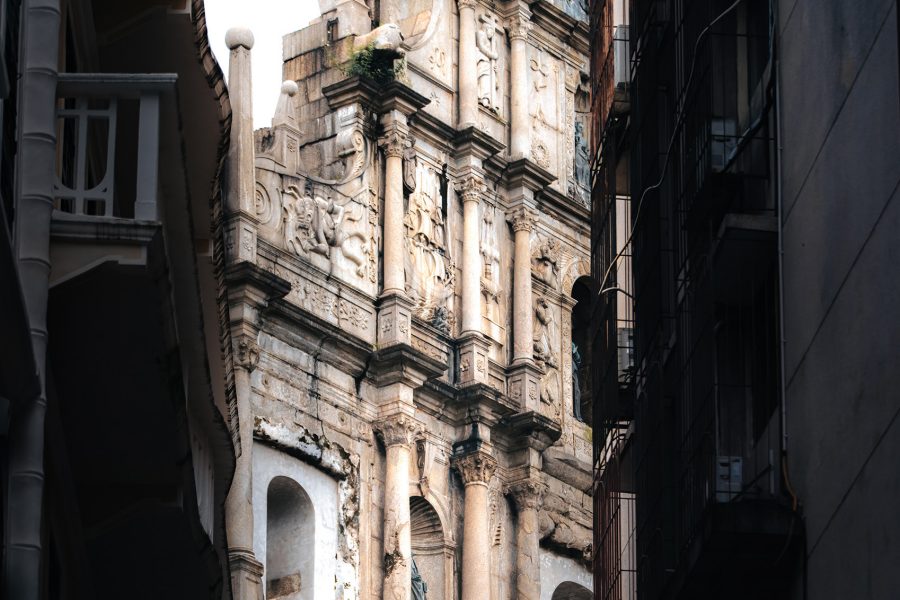
As rambunctious applause broke out in the Grand Auditorium of the Macao Cultural Centre on 28 May, the director and playwright Miguel de Senna Fernandes basked in the accomplishment of pulling off another play performed entirely in Patuá – the Macanese creole spoken, according to researchers, by no more than 50 people.
Carnavaland, his two-and-a-half-hour satirical comedy about post-pandemic Macao, was given the singular honour of closing the 33rd Macao Arts Festival, and its three-night run was sold out. It didn’t matter to the author that hardly anyone in the audience would have known what was happening on stage without surtitles in Portuguese, Chinese and English.
“It’s not just a show,” Senna Fernandes says. “I can see the eyes of everyone who is performing. They are feeling the pride of the whole thing and I know they want to convey something.”
That something is what it means to be Macanese – to belong to the mixed-race community that sprang up from the moment Macao became a Portuguese colony in 1557.
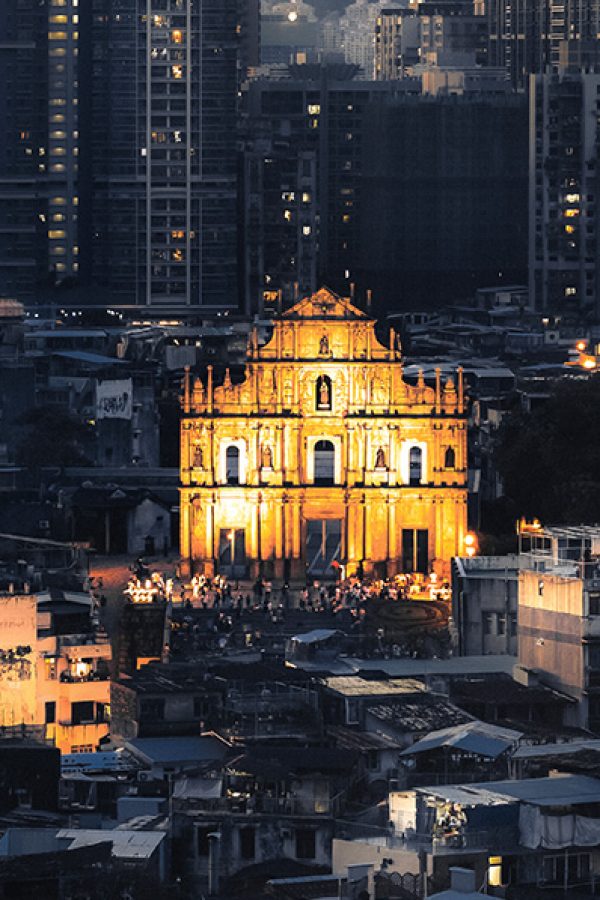
Credit: Ng Weng Cheng
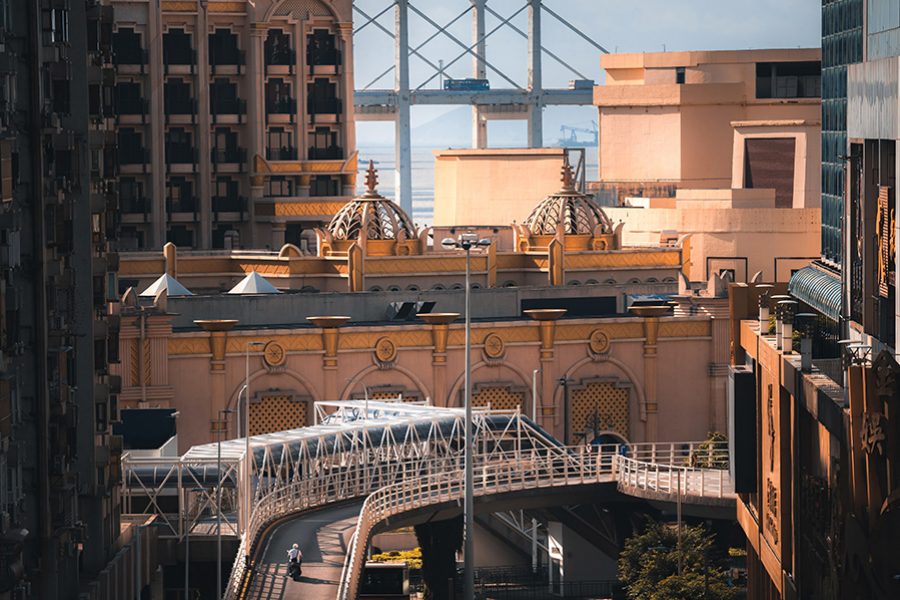
Credit: Ng Weng Cheng
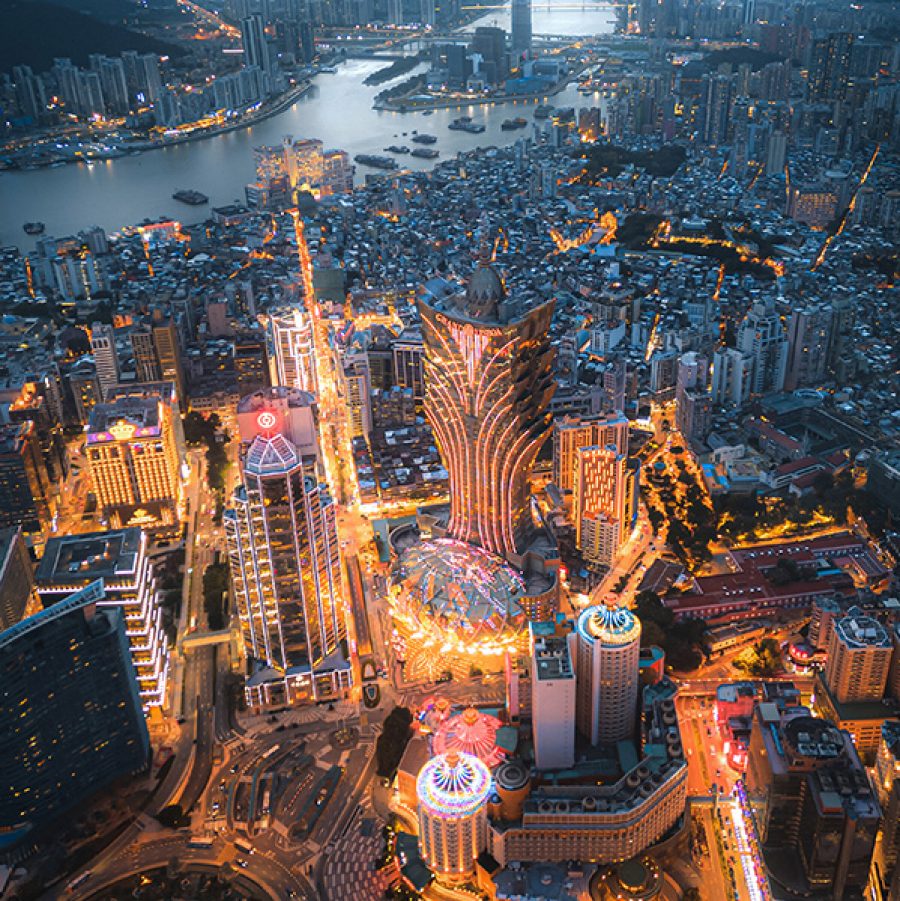
Credit: Ng Weng Cheng
They are numerically insignificant: Dr Roy Eric Xavier, a fifth-generation Macanese, director of the Portuguese and Macanese Studies Project at UC Berkeley, estimates that there are no more than 5,000 “cultural Macanese” left in Macao. But in their ethnic extravagance – defined by the memoirist Frederic A. Silva as a mixture of Portuguese, Chinese, Goan, Japanese, Malay, Filipino, Thai, Moluccan and Arakanese, with leavenings of English and French – the Macanese rank among the most diverse races of people to have ever walked the Earth.
The world is now eager to embrace hybridity, but the Macanese have lived for centuries at the centre of the Venn diagram of East meeting West. Strenuous efforts are being made to keep it that way. Macanese associations, both at home and among the diaspora, are funded by the Macao government through gaming revenue. (Lost at the baccarat table? Somewhere, a Macanese community organiser is grateful.) Patuá theatre has been added to the National List of Intangible Cultural Heritage, joining Beijing Opera and calligraphy. In February, Macao’s top official, Chief Executive Ho Iat Seng, pledged his lasting support for Macanese culture.
Bringing people home
For the Macanese, the challenge lies in keeping their community thriving in their home. Things were more solid when most Macanese lived in Macao. That was during the community’s pre-war apogee – an era of pastel-coloured mansions on the praia and languid gossip over chá gordo (literally, “fat tea”). But a lack of economic opportunity in the post-war years and civil unrest in the 1960s drove emigration to the point where local Macanese are now far outnumbered by a diaspora 1.6 million strong and residing in at least 35 countries.
A few Macanese, such as the architect Carlos Marreiros, found their way home in the final decades of Portuguese rule. In the 1980s, his generation “came back to Macao to give our contribution” because “Macao without the Macanese made no sense.” Now, the future lies firmly with the young Macanese – many overseas – who might be able to bring their skills back to the Chinese Mainland.
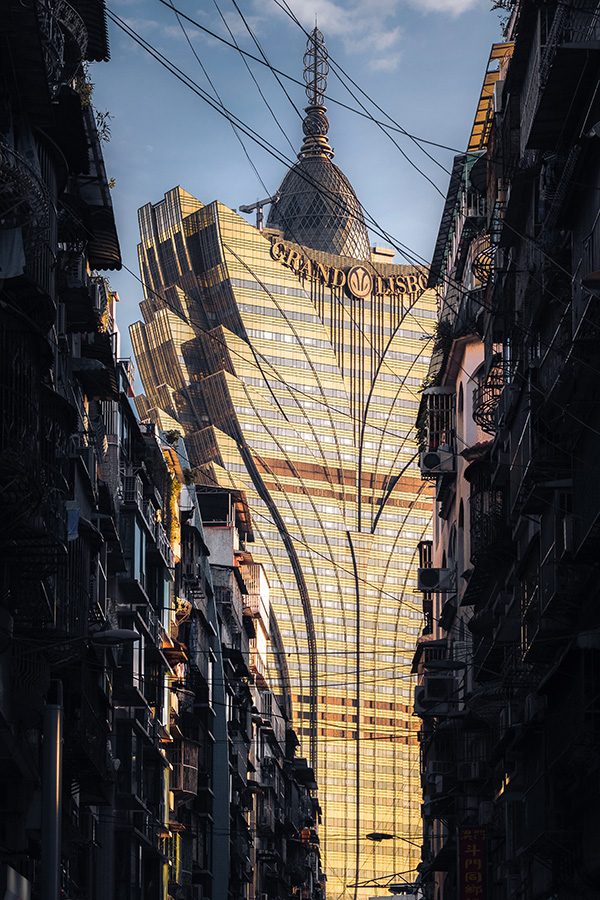
Credit: Ng Weng Cheng
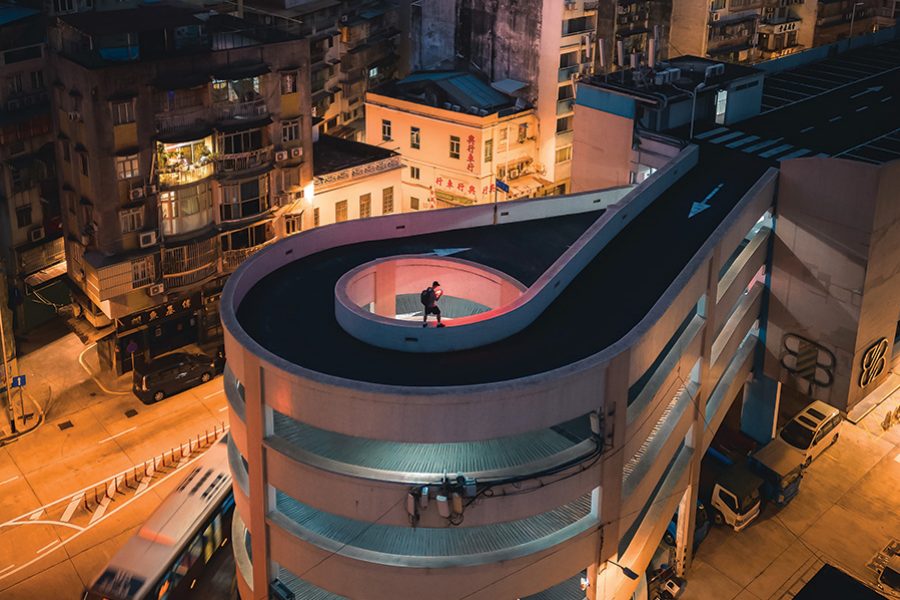
Credit: Ng Weng Cheng
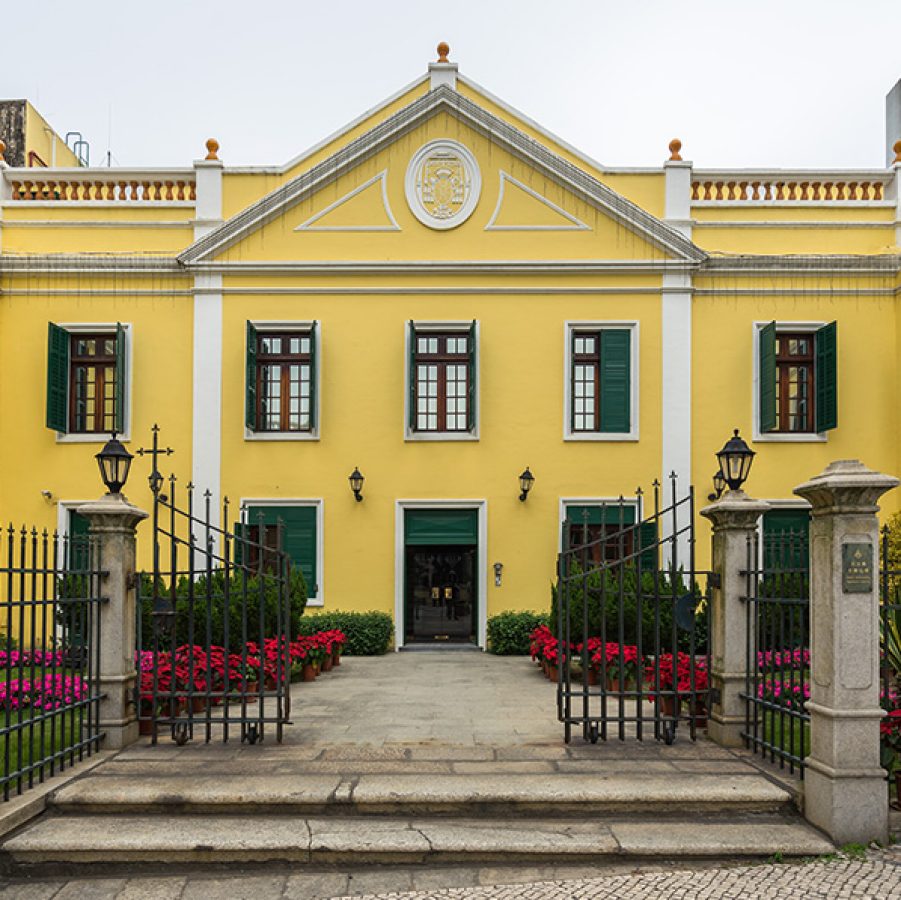
Credit: Ng Weng Cheng
A community’s future
Xavier and others agree that if Macao’s future lies in the Greater Bay Area, then so must the destiny of the Macanese. Though the megalopolis – comprising nine cities in Guangdong province plus the two Special Administrative Regions of Macao and Hong Kong – is currently on many a policymaker’s lips, it is not a new idea. Three centuries ago, Portuguese traders were already referring to the “Grande Baía” (Great Bay).
Today, Macao hopes to play its part in the Grande Baía as a business gateway between its booming hinterland and the lusophone world. Edith Jorge, an investment banker who gave up finance to pursue her passion for education and is now CEO of the trilingual (Portuguese, English and Putonghua) Generations International School , says her community is, by its very nature, aligned “perfectly with the notion of Macao as a platform to connect China and the Portuguese-speaking countries.” With their linguistic capabilities, “the sky’s the limit as to how much the Macanese can contribute”.
She could easily be referring to somebody like Paula Carion, a trilingual interpreter in Macao’s Public Prosecutions Office. As a three-time Asian Games medallist in karate, Carion knows all about rolling with the punches. She concurs that her community’s best hope lies in its famous adaptability.
“We are a pragmatic people,” she says, and gives an example in Patuá, which she teaches through occasional workshops. “The language offers no way of saying ‘I love you’,” she says with a laugh. “You can only say ‘iou querê pa vôs’. It means ‘I want you’.”

Credit: Ng Weng Cheng

Credit: Ng Weng Cheng
Meeting in Macao
There is not much talk of the future at the great gatherings of the Macanese community, known as Encontros. Held in Macao every three years, the reunions bring local and overseas Macanese together in an agreeable but nostalgia-heavy week of dinners, tours and cultural workshops.
Xavier believes that the gatherings should be revamped and instead used to target younger, overseas Macanese. “There is reason to believe that the Encontro model can work,” Xavier says, “if it encourages cultural tourism and highlights business opportunities.”
But it’s not just about bringing the young to Macao. It’s also about bringing Macao to them. The gatherings can turn the diaspora into “our ambassadors to the world, our storytellers”, says Jorge. In that way, the dispersal of the community is a benefit – “a characteristic that allows for the survival, and constant reinvention and updating, of the Macanese as a whole.” That’s the sort of openness that has enabled the Macanese to survive for more than four-and-a-half centuries, and will allow them to become what Xavier calls globalised “Luso-Asians”.
Jorge agrees. “Never have I felt as celebrated and nurtured as a Macanese as I have in the last decades,” she says. Some may feel part of a fragile community – but to others, the prospects are tantalising.
The Creole City
Here are some ways you can connect with Macanese culture on your next visit.
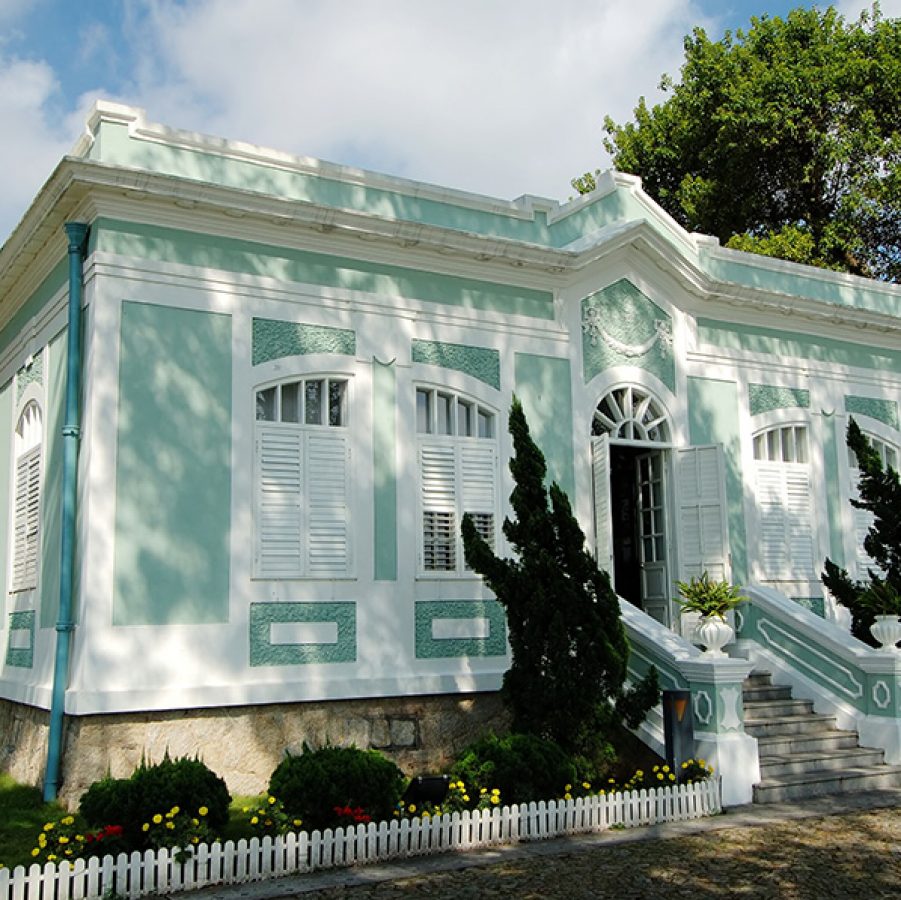
Credit: Getty Images
What to do
Located on the Avenida da Praia, Taipa, the Macanese Living Museum is housed in an early-20th-century villa that is part of the Taipa Houses Museum complex. Decked out in period furnishings, it attempts to convey the daily Macanese life of a century ago. Visit it, Edith Jorge suggests, with a “specific mindset of East and West”.
Where to see
Architect Carlos Marreiros recommends leaving Macao’s historic centre behind and strolling through the Porto Interior and St Lazarus districts – “places that are not just touristic”. For Xavier, the Jardim de Luís de Camões, north of downtown Macao, is a go-to haven. “There is lush greenery and a surprising number of walking paths just inside the gate, away from the crowds and traffic,” he says.
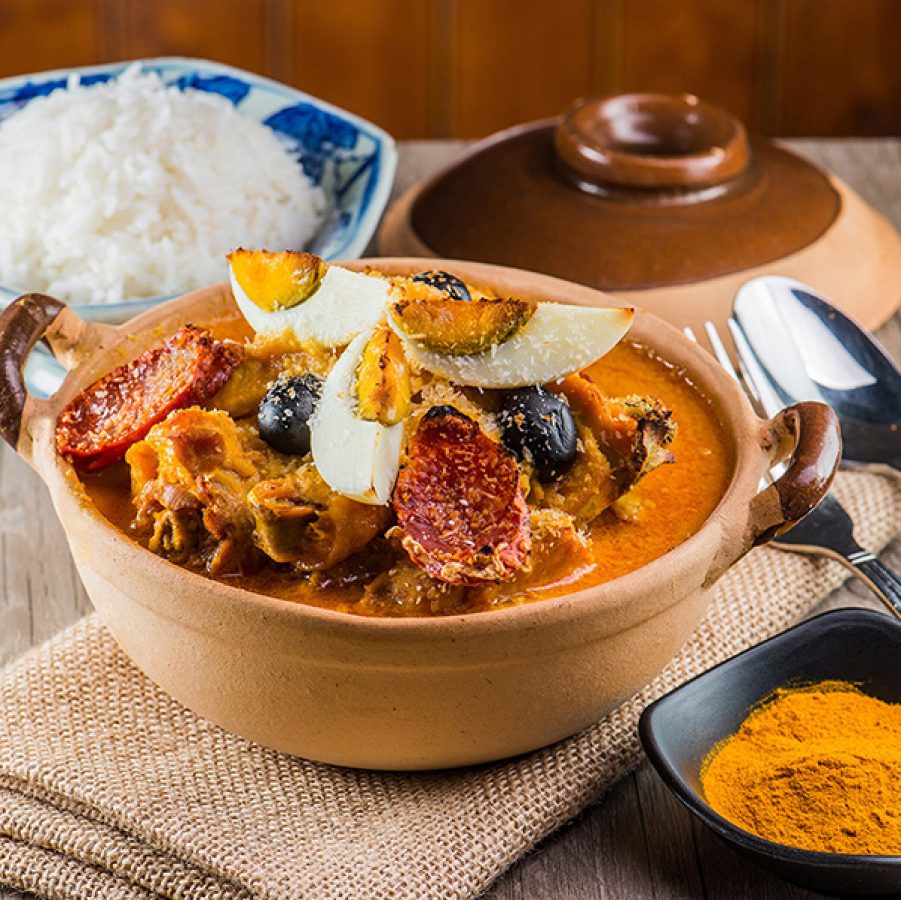
What to eat
Macanese food is a vibrant blend of flavours from across the former Portuguese empire. If you want the upscale version, Paula Carion suggests booking a table at Restaurante Litoral . “But if you want to experience everyday cuisine, then head to Cozinha Aida ”. The Macao Institute for Tourism Studies has also just launched a Macanese buffet on Saturdays.
What to watch
If you’re able, catch a performance by Miguel de Senna Fernandes’s Patuá theatre group Dóci Papiaçám di Macau. Can’t make it in person? Songs and skits can be found on their YouTube channel. “Nobody but us will do this,” Fernandes says. “It’s not Cosa Nostra, but it’s our thing.”
What to listen to
If the Macanese were to be represented by a song, many might choose the beautifully plaintive “Macau, nôs sa téra” (Macao, Our Land). The lyrics are a paean to the “Small land of so much grace / a flower for those who are sad”. A more recent candidate would be Dóci Papiaçám di Macau’s ditty “Macau sâm assi” (This Is Macau), with lyrics by the late Macanese poet José “Adé” dos Santos Ferreira.
What to read
Jorge’s aunt, Edith Jorge de Martini, was born in the 1930s and went on to marry an Argentinian diplomat. While living in Buenos Aires in 1986, she says she “felt this sudden urge to write”. The result was The Wind Amongst the Ruins (Vantage, 1993), a richly evocative account of her affluent Macao childhood, before the wind blew her and “other young Macanese away … and spread them all over the world”.
More inspiration
Macao travel information
- China – the Chinese Mainland, Hong Kong SAR, Macao SAR and Taiwan Region
- Hong Kong SAR - English
- Chinese Mainland (China) - English
- Taiwan, China - English
- 香港特別行政區 - 繁體中文
- 中国內地 - 简体中文
- 中國台灣 - 繁體中文
- Africa
- South Africa - English
- Asia
- Bangladesh - English
- Korea - English
- Singapore - English
- Cambodia - English
- 한국 - 한국어
- Sri Lanka - English
- India - English
- Malaysia - English
- Thailand - English
- Indonesia - English
- Maldives - English
- ประเทศไทย - ภาษาไทย
- Indonesia - Bahasa Indonesia
- Myanmar - English
- Vietnam - English
- Japan - English
- Nepal - English
- Việt Nam - tiếng Việt
- 日本 - 日本語
- Philippines - English
- Australasia
- Australia - English
- New Zealand - English
- Europe
- Belgium - English
- France - Français
- Россия - Русский
- Denmark - English
- Ireland - English
- Schweiz - Deutsch
- Deutschland - Deutsch
- Italia - Italiano
- United Kingdom - English
- España - Español
- Nederland - Nederlands
- Middle East
- Bahrain - English
- Saudi Arabia - English
- United Arab Emirates and Qatar - English
- Israel - English